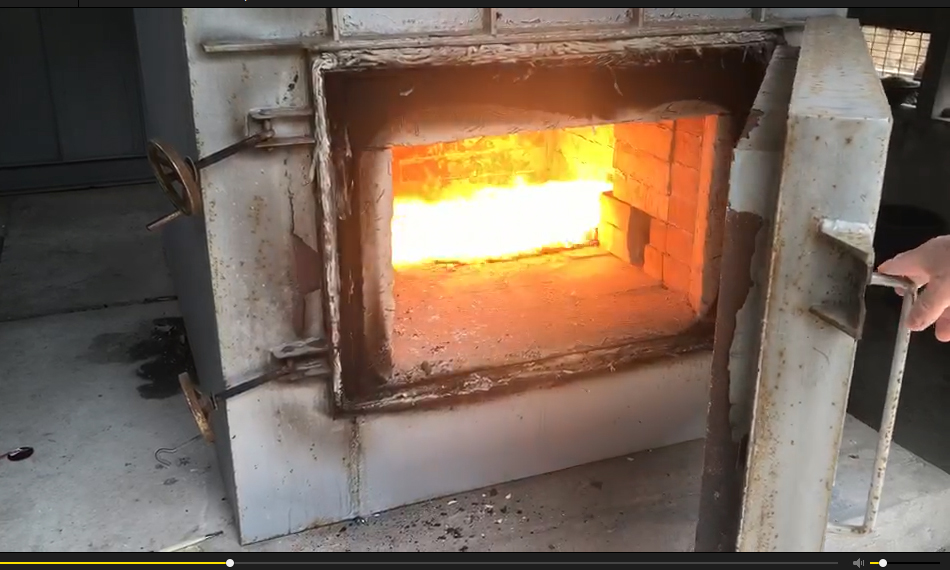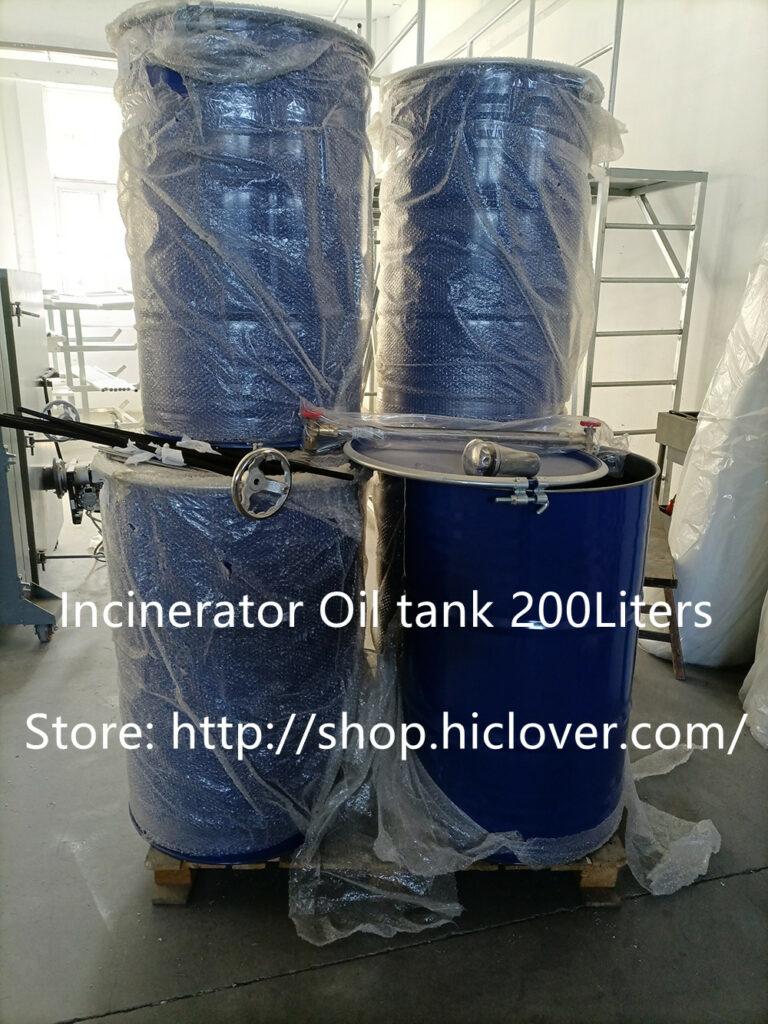Waste incineration, the process of burning waste materials to produce energy, has become an increasingly popular method of waste management in many countries. The economics of incinerators, however, is a topic of much debate. While some argue that incineration is a cost-effective and efficient way to manage waste, others point to the high costs and potential environmental and health impacts associated with the process.
One of the key benefits of waste incineration is its potential to generate energy. By burning waste materials, incinerators can produce heat, which can then be used to generate electricity. This can help reduce the reliance on fossil fuels and decrease greenhouse gas emissions. In addition, some incinerators are equipped with advanced pollution control technologies that can help minimize air and water pollution.
Furthermore, incineration can reduce the amount of waste sent to landfills, which can help reduce the overall environmental impact of waste management. This can be especially beneficial in areas where landfills are reaching capacity, and where space for new landfills is scarce. Incineration can also help reduce the release of methane, a potent greenhouse gas, from decomposing waste in landfills.
On the other hand, waste incineration comes with its own set of costs and challenges. The initial cost of building an incineration plant can be quite high, and the ongoing operational costs can also be significant. In addition, there are concerns about the environmental and health impacts of incineration, particularly related to air emissions and the release of toxic substances. The potential for negative impacts on local communities, such as increased air pollution and health risks, also needs to be considered.
Another important consideration is the potential impact of waste incineration on recycling efforts. Some argue that incineration can undermine recycling programs by diverting valuable materials from recycling streams to be burned instead. This can limit the potential for resource recovery and create a reliance on incineration as the primary method of waste management.
In order to properly evaluate the economics of incinerators, it is important to weigh both the costs and benefits associated with waste incineration. This includes considering the potential long-term costs of environmental and health impacts, as well as the potential for reducing greenhouse gas emissions and increasing energy generation. It is also important to consider the potential impact of waste incineration on recycling efforts and the overall sustainability of waste management practices.
Ultimately, the economics of incinerators can vary depending on the specific circumstances and context in which they are implemented. It is important for decision-makers to carefully consider the trade-offs and potential impacts of waste incineration in order to make informed choices about waste management practices. This may involve considering alternative waste management approaches, such as recycling and composting, and integrating a range of strategies to minimize the environmental and health impacts of waste management.



